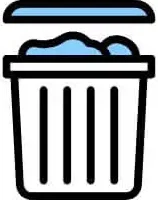Can You Put Drain Cleaner In A Garbage Disposal?
Clogged kitchen sinks are among the most common household frustrations, and when your garbage disposal is backing up, it’s easy to be tempted to reach for a bottle of drain cleaner for a quick fix. And to drain cleaners, which are broadly advertised as the easy answer to tough clogs. But if you’re about to pour those chemicals down your disposal, you should first know how they work and some of the possible dangers of using them.
In this post, we will address the question: “Can you put drain cleaner in a garbage disposal?” and safe, effective replacements to keep your disposal running smooth. Whether you’re a new homeowner or a frequent remodeler, instructing yourself on the proper procedure for maintaining your garbage disposal could end up saving you time, money, and a lot of headache down the road.
What Is a Garbage Disposal and How Does It Work?
A garbage disposal is a powered kitchen appliance installed under your sink, which grinds up small food particles so they can drain safely through your plumbing. When you flip the switch, a rotating disc or impeller plate spins with enough force to fling food waste against a stationary grind ring that pulverizes it into little particles. The particles are washed down the sink using running water.
Being that a garbage disposal is not like a typical sink drain, rather, it consists of moving metal parts, and rubber seals and sometimes plastic pieces—these all need to be treated with extra care. Using your disposal correctly avoids clogs, helps to prolong the life of the appliance, and keeps your home plumbing system in good working order.
Further Reading: What Is A Garbage Disposal? The Ultimate Guide
Can You Use Drain Cleaner In A Garbage Disposal?
The short answer is no — you should not put drain cleaner in a garbage disposal. And although it sounds like a quick fix for a clog, most drain cleaners are actually not intended for use with garbage disposals. In fact, you’ll cause more harm than good bringing out the chemical drain cleaners.
The inner portions of a garbage disposal that consist of metal blades, rubber gaskets, and plastic housing do not defend well against the strong chemicals contained in the majority of commercial drain cleaners.
Instead of solving the problem, you may cause your appliance to fail, leading to expensive repairs or even replacement. Both manufacturers and plumbers will strongly urge you to avoid using chemical drain cleaners in garbage disposals.
Why Drain Cleaners are Bad for Garbage Disposals
The majority of liquid or gel drain cleaners use strong chemicals, including sodium hydroxide (lye), sulfuric acid, or bleach. These are very abrasive to your garbage disposals’ internal mechanism and can literally cause it to tear itself apart. So hydroxide or oxidizer can consume organic matter (like grass and tree roots for a small amount in a home waste piping) and generate heat in a hurry, melting plastic parts and depolymerizing (literally) rubber seals.
Metal blades and grind ring are also not immune to rust and tend to corrode after multiple exposures. Over time they can eat away at the disposal’s housing, and even the pipes that lead into the disposal, leading to leaks and potential water damage under your sink.
And if the drain cleaner doesn’t solve the clog problem, it can build up in a pool under the disposal, creating a dangerous environment for anyone else who tries to repair or clean the unit.
The Dangers of Using Drain Cleaners in Garbage Disposals
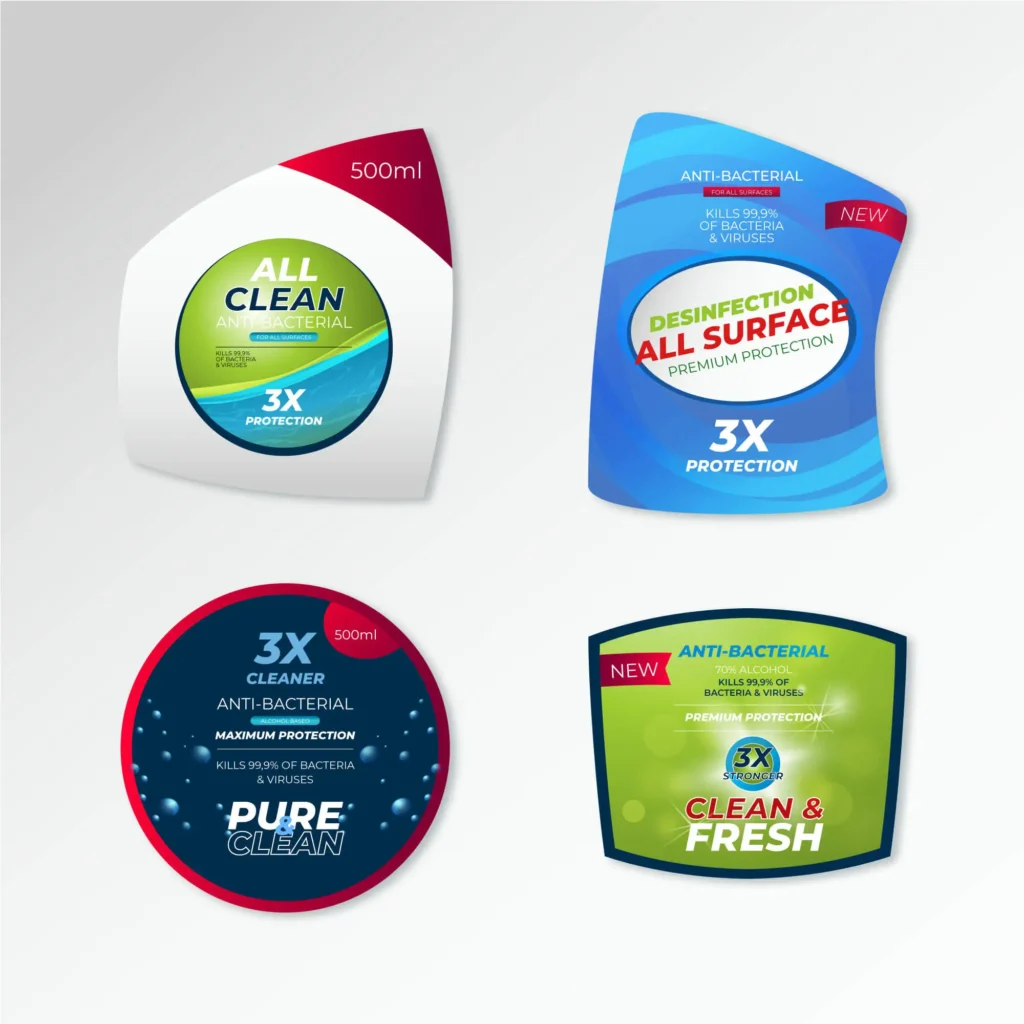
Drain cleaner down your garbage disposal can generate a variety of issues, some of which you may not notice as the sink begins to drain. The prevalent risks are:
- Internal Damage: The other metal and plastic parts in the disposal can also corrode or degrade, meaning that your disposal may not last as long as it should, or it may fail before it should be replaced.
- Leaks: Broken seals and gaskets can cause leaks inside your sink base, unnoticed until water damage becomes extensive.
- Pipe Damage: Several chemicals in drain cleaners are known to cause weakness of the pipes and tolerance, especially if the plumbing is old or is constructed of certain materials like PVC or galvanized steel.
- Environmental Damage: Toxic chemicals that are poured away can get into the water system and harm fish and animals, or interfere with wastewater treatment.
- Personal Risk Disposal from Drain Cleaner: When the drain cleaner sits in your disposal, it runs the risk of splashing back during use or maintenance and cause chemical burns or respiratory burns.
Safe Alternatives for Cleaning and Maintenance
Thankfully, there are a few safe and effective methods to clean and unclog your garbage disposal that don’t require harsh chemicals:
1. Vinegar and Baking Soda
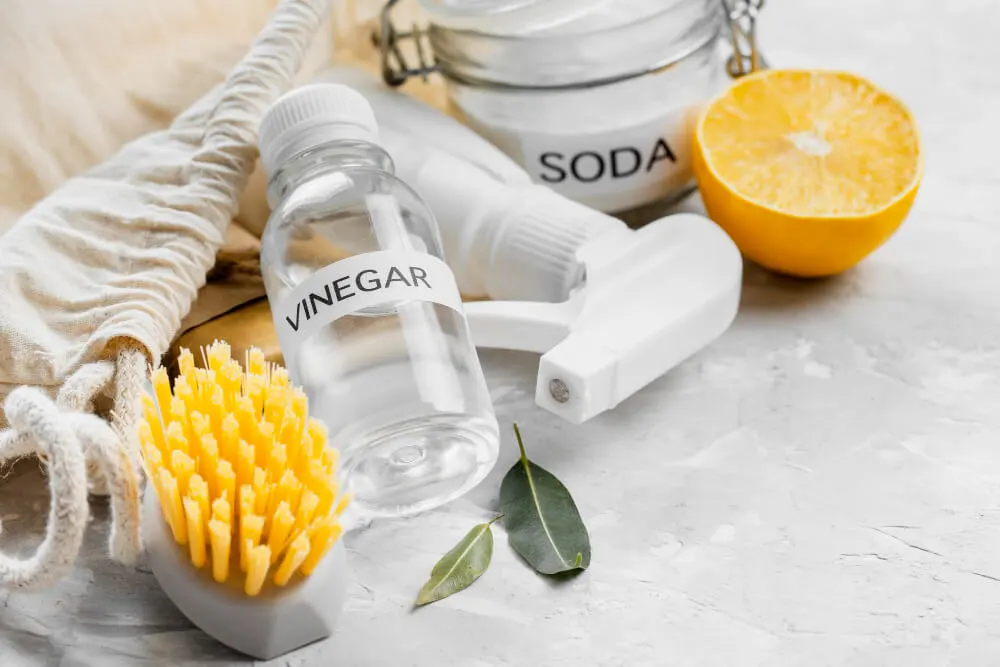
Dump 1/2 a cup of baking soda down the hatch and then pour 1/2 a cup of white vinegar. Let sit 10-15 minutes to help fizzle and break down debris before pouring a pot of boiling hot water down the drain. This natural response can be used to your advantage by helping break down buildup and absorbing the odors.
2. Boiling Water
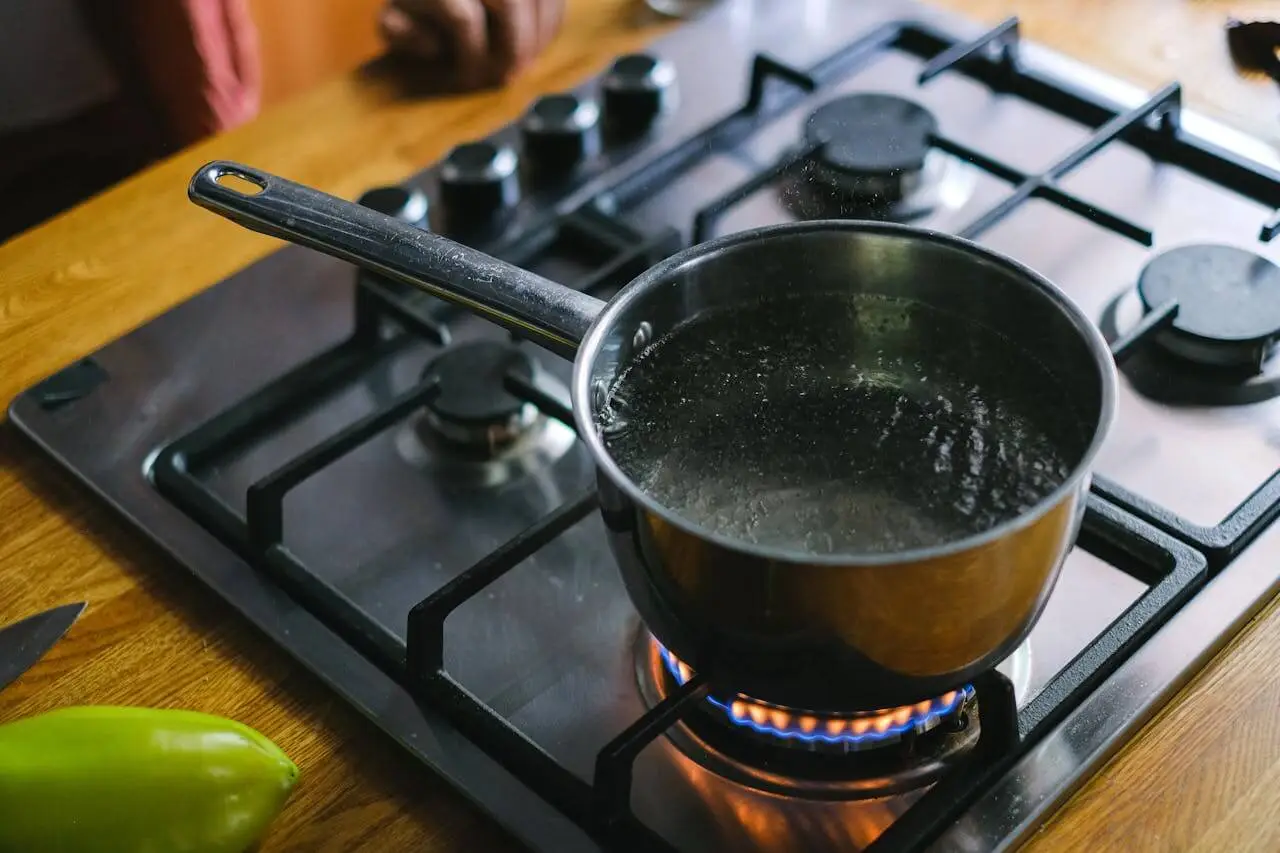
Sometimes the simplest is the best. Boiling water can do wonders for grease and clogs. Just simmer a pot of water and slowly pour it down through the disposal. It may be able to melt grease that’s causing a clog.
3. Ice and Salt
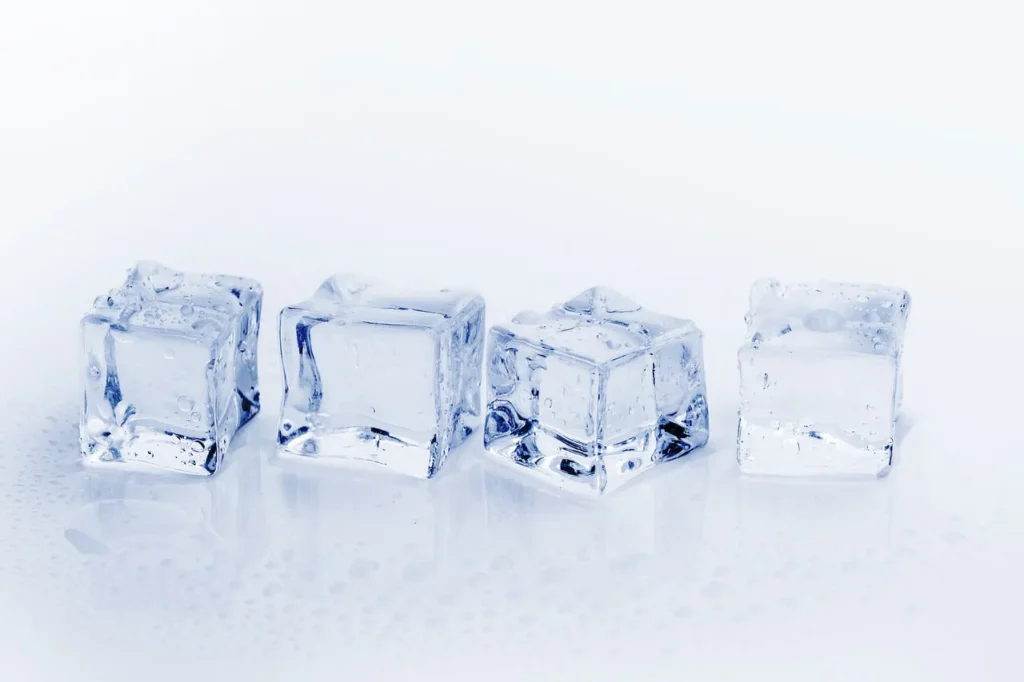
Put a handful of ice cubes, and a tablespoon or two of coarse salt, down the disposal. Turn on the disposal, run cold water. The ice serves as a cleaning agent that dislodges food particles and sharpens the blades, the salt is an abrasive.
4. Enzyme Cleaners
Made with natural enzymes that break down organic material, so they’re safe for garbage disposals and pipes. They are biodegradable and environmentally safe.
5. Mechanical Methods
Turn to a plunger or a plumbing snake for particularly relentless clogs. Be certain to unplug the disposal or turn off the electricity to the disposal before attempting to clean it manually to prevent injury.
Garbage Disposal Maintenance Tips And Tricks
Proper maintenance is the key to maintaining an efficient garbage disposal and preventing icky odors or slow drains. Here are some best practices:
- Regularly Clean it: To keep the disposal clean and fresh, grind up ice cubes with salt or baking soda and vinegar once a week.
- Remember What You Put In, When It Comes Out: Don’t put grease or oil or foods such as coffee grounds, eggshells, fibrous vegetables (like celery, corn husks or onion skins), or large bones down the disposal. These items can clog the blades or damage them.
- Use Cold Water: Remember to always keep a steady stream of cold water running BEFORE, DURING, and AFTER running the disposal. Cold water congeals any grease or oils, allowing them to be chopped up and flushed through.
- Clean with Citrus: Grinding small bits of lemon or orange peels can help reduce odors and cleanse the blades naturally.
When to Call a Professional
If you cleaned your garbage disposal safely and it’s still clogged, making funny noises or leaking, it’s time to hire a licensed plumber. If you have persistent issues, it might be a more serious problem, such as a stuck impeller, a bad motor or a clog further down in your pipes.
Trying to take apart or fix the disposal could result in injury from its blades or its electricity. A professional would be able to safely and effectively repair the problem as they have the proper equipment and amount of training.
Conclusion
To sum it up, pouring drain cleaner in garbage disposal system is not only inefficient but can be destructive to your equipment and the entire plumbing system. And dangerous chemicals in drain cleaners actually eat away at pipes, causing leaks, internal corrosion to drainage systems, and environmental damage. Just take care of it.
Simple natural cleaning and maintaining the system without damaging it goes a long way in keeping everything functioning optimally. When you are in doubt opting for the professional can prevent a disastrous repair and keep your kitchen a safe and working environment. By following these recommendations, you’ll increase the life of your garbage disposal and have a kitchen that stays clog-free for many years to come.
FAQ’s
The Author

I’m Muhammad Nabeel Dar, an employee in waste management and the owner of Garbage Waste Disposal with more than four years of experience helping people to control waste and garbage disposals are the best tools to control it. Read more
